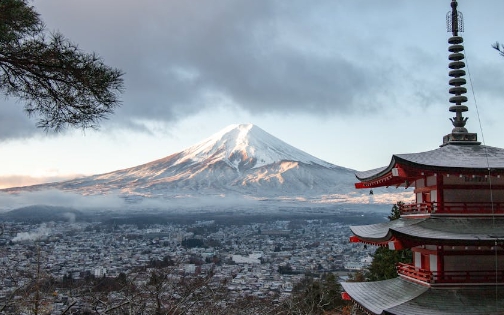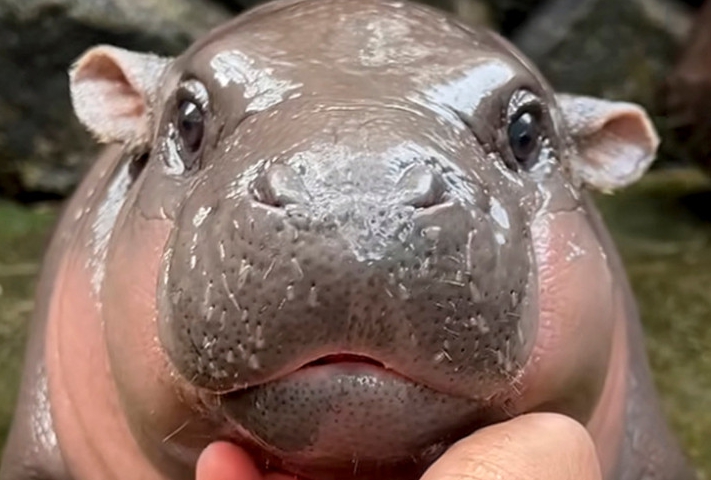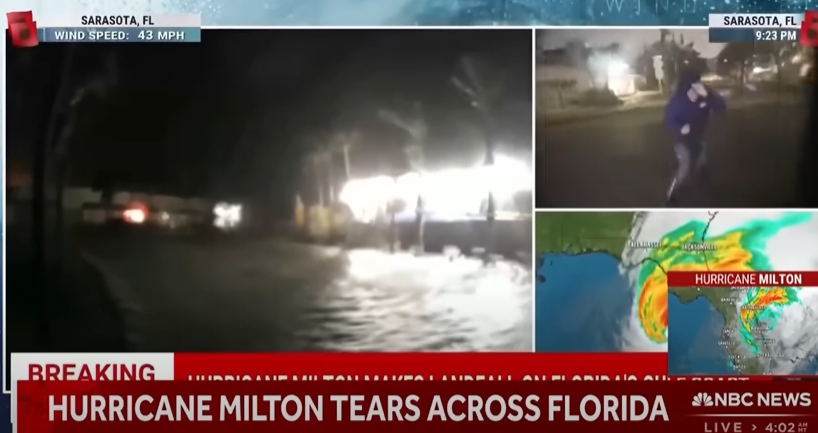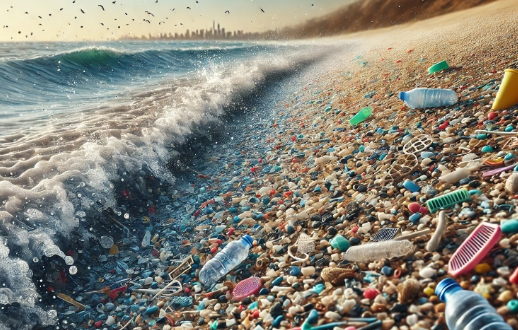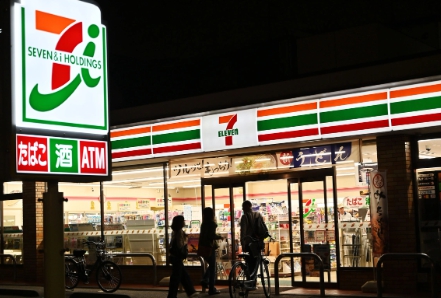Colombia launches expedition to explore 300-year-old Spanish shipwreck filled with sunken treasure
콜롬비아, 침몰한 보물로 가득 찬 300년 된 스페인 난파선 탐사 탐험 시작
The sunken treasure of the San José shipwreck is contested – but its real riches go beyond coins and jewels
산호세 난파선의 가라앉은 보물에 대한 논쟁이 벌어지고 있습니다. 그러나 그 보물의 진정한 보물은 동전과 보석 그 이상입니다.

The San José was a galleon ship owned by King Philip V of Spain (1683–1746) in the 18th century. It sailed from Portobelo in present-day Panama to Cartagena in Colombia in 1708.
The ship was sunk – still laden with treasure including 11 million gold and silver coins, emeralds and other precious cargo – during the Battle of Barú (also known as Wager’s Action), part of the War of the Spanish Succession.
산호세호는 18세기 스페인의 필립 5세(1683~1746) 왕이 소유한 갤리온선이었습니다. 이 배는 1708년 현재 파나마의 포르토벨로에서 콜롬비아의 카르타헤나까지 항해했습니다.
이 배는 스페인 왕위 계승 전쟁의 일환인 바루 전투 중에 침몰했습니다. 1,100만 개의 금은화, 에메랄드 등 귀중한 보물이 가득 실려 있었습니다.
* Wager's Action은 스페인 왕위 계승 전쟁의 일환으로 1708년 6월 8일에 Charles Wager 휘하의 영국 함대와 스페인 보물 함대 사이에 벌어진 해군 대결이었습니다. 전투는 스페인 함대에 대한 영국의 승리로 끝났습니다.
The search for the San José and its treasure, sunk 600 metres deep, has now become possible thanks to advances in remotely operated underwater vehicle technology. The ship is now in the process of being pulled up from the sea floor.
원격으로 작동하는 수중 차량 기술의 발전 덕분에 수심 600m에 가라앉은 산호세호와 그 보물을 찾는 것이 이제 가능해졌습니다. 현재 배는 해저에서 끌어 올려지는 과정에 있습니다 .
The 62-gun, three-masted ship – the flagship and largest galleon of a Spanish fleet – was believed to have been carrying gold, silver, emeralds and other valuable goods from the mines of Potosi, Peru.
62포, 3개의 돛대를 갖춘 이 배는 스페인 함대의 기함이자 가장 큰 갤리온선으로 페루 포토시 광산에서 금, 은, 에메랄드 및 기타 귀중품을 싣고 있었던 것으로 추정됩니다..
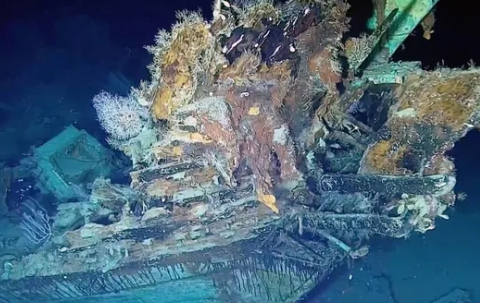
The ship, carrying one of the largest hauls of valuables ever lost at sea, is thought to be worth around £16 billion in today's money!
Gold, silver and emeralds are believed to have been on the ship – but there has been debate over who will claim the treasure.
바다에서 분실된 귀중품 중 가장 많은 양을 실은 이 배는 현재 가치로 약 160억 파운드의 가치가 있는 것으로 추정됩니다!
금, 은, 에메랄드가 배에 있었던 것으로 추정되지만 누가 보물을 차지할 것인가에 대한 논쟁이 있습니다.
The San José’s discovery has been significant for Colombia because of the ship’s treasure of cultural and historical artifacts – and clues they may provide about Europe’s economic, social and political climate during the early 18th century.
But it has also sparked a multi-billion dollar legal battle.
Colombia maintains that it first discovered the San José in 2015 with help from international scientists.
산호세호의 발견은 배에 담긴 문화적, 역사적 유물과 18세기 초 유럽의 경제적, 사회적, 정치적 상황에 대한 단서를 제공할 수 있다는 점에서 콜롬비아에 중요한 의미를 갖습니다.
그러나 이는 수십억 달러 규모의 법적 싸움을 촉발하기도 했습니다.
콜롬비아는 국제 과학자들의 도움을 받아 2015년에 산호세를 처음 발견했다고 주장합니다.
At the time, the vessel had been transporting its precious cargo to the Spanish king to help pay for his war against the British. Almost 600 crew members went down with it.
당시 선박은 영국과의 전쟁 비용을 충당하기 위해 스페인 왕에게 귀중한 화물을 운송하고 있었습니다. 거의 600명의 승무원이 함께 침몰했습니다.
The first stage of the research project - described as a "characterisation phase" - will use remote sensors to generate images of the site to build an inventory of the archaeological material on the seabed.
Underwater robots will also take readings around the shipwreck, which will be used to inform academic studies, the Colombian Institute of Anthropology and History said.
Subsequent phases will depend on what comes to light in this first phase of the project, it added.
연구 프로젝트의 첫 번째 단계인 “특성화 단계”에서는 원격 센서를 사용하여 현장 이미지를 생성하여 해저에 있는 고고학적 자료의 목록을 구축할 것입니다.
콜롬비아 인류학 및 역사 연구소는 수중 로봇도 난파선 주변에서 판독을 수행해 학술 연구에 정보를 제공할 것이라고 밝혔습니다.
이후 단계는 프로젝트의 첫 번째 단계에서 밝혀진 내용에 따라 달라질 것이라고 덧붙였습니다.
What was the San José?
산호세는 무엇이었나요?
The San José was an old Spanish galleon, which is a type of large boat with huge sails and lots of different decks.
Galleons were used for sea battles during the 16th and 18th Century, or for carrying items to trade with other countries.
The San José was carrying gold, silver, gems and jewellery to Spain's king to help pay for his war with the British, but it was sunk soon after leaving South America.
산호세(San José)는 거대한 돛과 다양한 갑판을 갖춘 일종의 대형 보트인 오래된 스페인 갤리온선이었습니다.
갈레온은 16~18세기 해전이나 다른 나라와의 무역을 위한 물품 운반에 사용되었습니다.
산호세호는 영국과의 전쟁 비용을 지불하기 위해 스페인 왕에게 금, 은, 보석 및 보석류를 운반하고 있었지만 남미를 떠난 직후 침몰했습니다.









